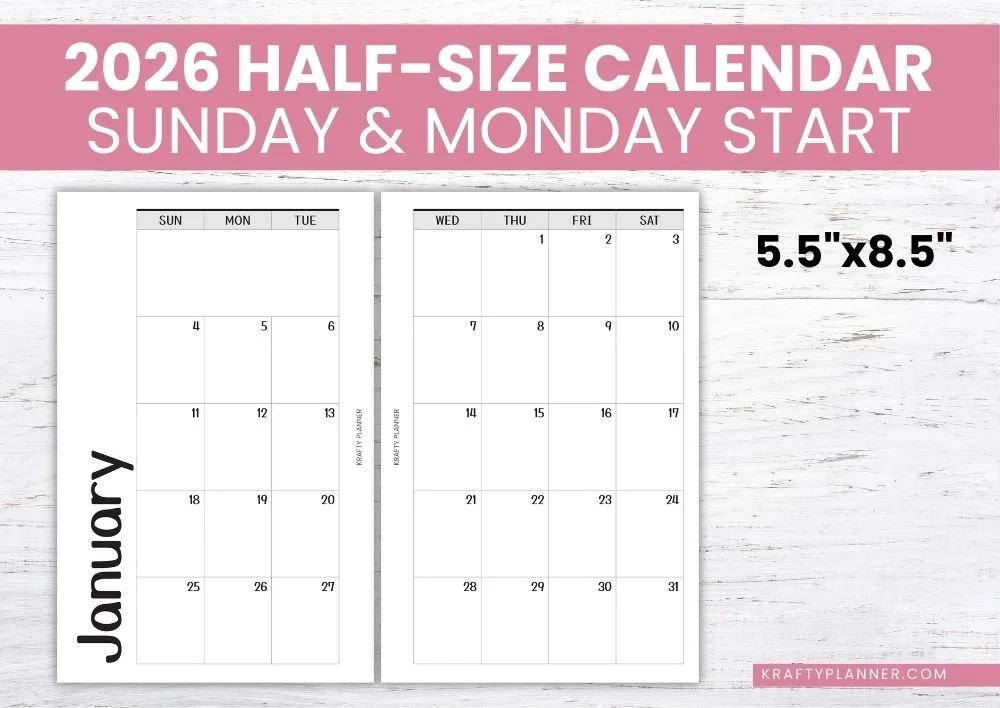How To Build a Treehouse: a Fun Summer DIY Project
Planning Your Treehouse
Before you start building, it's important to plan out your treehouse carefully. This includes picking the right tree, designing your structure, and getting all the necessary tools and materials ready.
Selecting the Perfect Tree
Choose a sturdy, healthy tree for your treehouse. Oak, maple, and beech are great options. These hardwoods can support more weight. Look for a tree at least 12 inches wide at the spot where you'll attach the treehouse.
Make sure the tree is in good shape. Check for signs of disease or decay. Avoid trees with dead branches or weak spots.
Think about the tree's location too. Is it close to power lines? Does it give you enough privacy? Will it bother your neighbors?
Designing Your Dream Treehouse
Sketch out your treehouse design. Keep it simple at first. A basic square or rectangle shape is easiest to build.
Think about how big you want it to be. Most backyard treehouses are 8x8 feet or 6x8 feet. This gives you enough room without putting too much stress on the tree.
Plan for tree growth. Leave gaps around the trunk and any branches that go through your treehouse. This lets the tree move and grow without damaging your structure.
When building a treehouse for kids, consider adding fun features like a trap door, a rope ladder, or a slide. But keep safety in mind!
Gathering Your Tools and Materials
Make a list of all the tools you'll need. Basic items include:
Hammer
Drill
Saw
Level
Measuring tape
lifting equipments
Safety gear (goggles, gloves, hard hat)
For materials, pressure-treated lumber is a good choice. It resists rot and insects. You'll also need:
Bolts and lag screws
Deck screws
Joist hangers
Plywood for the floor and walls
Don't forget to check local rules about building treehouses. Some areas have height limits or require permits.
It's also a good idea to talk to your insurance agent to make sure your treehouse is covered under your home insurance policy.
Building the Base
Creating a solid base is key for a safe and long-lasting treehouse. You'll need to lay a good foundation, build a strong platform, and make sure the tree stays healthy.
Laying the Foundation
Start by picking the right spot in your tree. Look for a sturdy branch or trunk that can hold the weight. Use treehouse attachment bolts (TABs) to secure your base. These special bolts let the tree move and grow.
Drill holes for the TABs carefully. Make them slightly bigger than the bolt to allow for tree growth. Put washers between the bolt and the wood to spread out the pressure.
Attach brackets to the bolts. These will hold your main support beams. Make sure they're level and can handle the load of your treehouse.
Constructing a Sturdy Platform
Build a frame using thick floor joists. Space them evenly for the best support. Add diagonal bracing to stop the frame from twisting.
Cover the frame with plywood for your floor. Use screws, not nails, to keep it secure. Leave some space around the tree trunk for growth.
Add railings for safety. Make them at least 3 feet high. Use strong posts and sturdy boards.
Ensuring Tree Health and Growth
Don't wrap anything tight around branches. This can hurt the tree as it grows.
Use flexible joints where your treehouse meets the tree. This lets the tree move in the wind without damaging your structure.
Check your treehouse every year. Look for signs of stress on the tree or loose bolts. Trim any branches that might rub against your treehouse.
Keep an eye on the tree's health. A happy tree means a safe treehouse for years to come.
Creating a Strong Framework
A solid framework forms the backbone of your treehouse. It keeps everything stable and safe. Let's look at how to build a sturdy base and walls.
Attaching the Floor
Start by securing beams to the tree trunk. Use galvanized lag screws to attach them firmly. Make sure to leave some space between the beams and the tree for growth.
Next, add floor joists. Space them evenly and use joist hangers to connect them to the main beams. This creates a strong support for your floor.
Measure twice before cutting your floorboards. Leave small gaps between them for water drainage. Screw the boards into place, making sure they're level.
Don't forget to cut holes where tree branches come through. Leave extra room around these spots for the tree to move and grow.
Erecting the Walls and Roof
Begin with corner posts. Attach them securely to your floor frame using lag bolts. Make sure they're straight and level.
Add wall studs between the corner posts. Space them evenly for strength. This will give you a good base for attaching your wall panels.
For the roof, start with the rafters. These sloped beams will support your roof covering. Attach them to the top of your walls with strong screws.
Cover your walls and roof with lightweight, weather-resistant materials. Plywood works well for walls. For the roof, consider using shingles or metal roofing.
Remember to seal all joints and edges. This helps keep your treehouse dry and cozy inside.
Enhancing Treehouse Features
A treehouse isn't complete without some fun extras. Let's look at ways to make your treehouse safe and exciting for kids and adults alike.
Decking and Railings
Start by adding a solid deck. Use pressure-treated lumber for the frame and deck boards. Space the boards slightly to allow for drainage. For safety, install sturdy railings around the edges.
Make the railings at least 36 inches high. Use balusters spaced no more than 4 inches apart to prevent falls. Add a smooth handrail on top for comfort.
You can get creative with the railing design. Try rope for a nautical look, or use plexiglass panels for an unobstructed view. Paint or stain the deck and railings to match your treehouse style.
Don't forget to add some fun touches. Install a trap door in the deck for a secret entrance. Hang a tire swing from a sturdy branch nearby.
Adding Access Routes
Every treehouse needs a cool way to get in and out. A ladder is the simplest option. Use 2x4s for the sides and 1x4s for the rungs. Space the rungs about 12 inches apart for easy climbing.
For a sturdier option, build stairs. Make sure they're not too steep - aim for a gentle slope. Add a handrail for safety. You can even create a winding staircase around the tree trunk for a magical feel.
Want something more exciting? Install a fireman's pole for a fast exit. Or set up a rope bridge to connect multiple platforms. For smaller items, add a pulley system with a bucket. Kids will love sending messages and snacks up and down.
Finishing Touches for Durability and Safety
A sturdy treehouse needs protection from the elements and safety measures to prevent injuries. Taking care of these final details will help your treehouse last longer and be safer for everyone who uses it.
Weatherproofing
Start by adding siding to shield the structure from rain and wind. Choose treated wood or cedar for natural rot resistance. Apply a water-resistant stain to protect against moisture and sun damage, and where you can't apply it you can use a small lifting equipment to bring you up to the right height to apply it.
Seal all joints and seams with caulk. This stops water from seeping in and causing rot. Pay extra attention to areas around windows and doors.
Install a sloped roof to shed water quickly. Use metal roofing or shingles designed for outdoor use. Don't forget to add gutters to direct water away from the treehouse base.
For the floor, use pressure-treated boards. Add a waterproof membrane underneath for extra protection. This keeps the floor dry and prevents warping.
Safety and Security Measures
Install sturdy railings around all open sides. They should be at least 36 inches high. Use balusters spaced no more than 4 inches apart to prevent falls.
Add non-slip treads to stairs and ladders. This gives a better grip in wet conditions. Make sure all steps are evenly spaced and securely fastened.
Check local building codes for height limits and safety regulations. Most areas require permits for structures over a certain size or height.
Use lag bolts and other strong fasteners to secure everything. Regularly inspect all connections and tighten them as needed.
Mount a fire extinguisher inside the treehouse. Teach kids how to use it in case of emergencies.
Install battery-powered smoke and carbon monoxide detectors. Change batteries twice a year for safety.
For an extra layer of protection, consider placing rubber mulch for playgrounds beneath the treehouse. This soft, shock-absorbing material helps cushion falls, making it ideal for outdoor play areas.
Here are a few more posts you might like:
Free Printable Library Book Tracker: Keep Tabs on Your Reads
Effective Monthly Reviews: Questions to Keep You Accountable
See my Link Party Directory for a current list of blog parties I attend each week.
FOR PERSONAL USE ONLY – Please Read Freebies Terms of Use
(This post may contain affiliate links. For more information, see my disclosures here)
~ SHARE THIS POST ~
Did you like this post? Do you know someone else who might enjoy it? Please take a minute to share it on Pinterest, Facebook, or your favorite social media… Thank you!





















